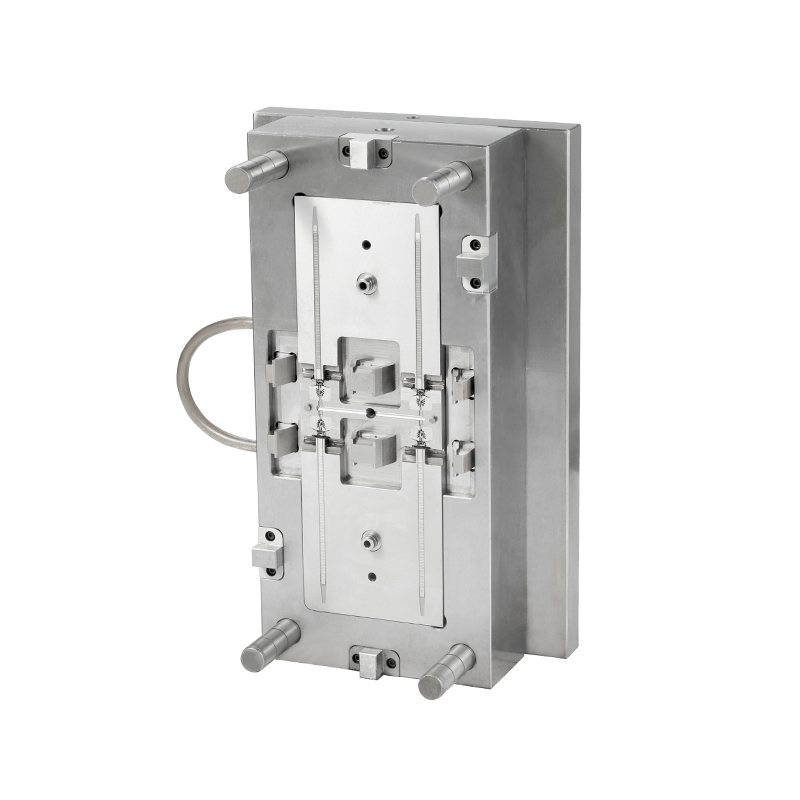 2025.06.25
2025.06.25
 News
News
The automotive industry has witnessed a significant shift toward incorporating plastic parts in vehicles. These plastic components are not only lightweight but also contribute to fuel efficiency by reducing the overall weight of the vehicle. Furthermore, plastics can be molded into complex shapes, which offers design flexibility and allows manufacturers to meet strict safety, aesthetic, and functionality requirements. From dashboards to bumpers, fenders, and under-the-hood components, plastic parts are found in nearly every corner of modern automobiles.

However, producing these parts requires precision, efficiency, and cost-effectiveness—qualities that automotive plastic parts molds are designed to deliver. The cost performance of these molds is pivotal for automakers looking to balance quality, production speed, and material costs, all while adhering to environmental regulations and consumer demands.
When evaluating the cost performance of automotive plastic parts molds, it is important to consider the various factors that contribute to the total cost of production. These include the initial investment, material costs, manufacturing time, maintenance, and the overall lifespan of the mold.
The major cost consideration in the production of automotive plastic parts is the investment in the mold itself. High-quality molds can be expensive due to the advanced materials and precision required to manufacture them. The mold-making process often involves complex steps, including computer-aided design (CAD), material selection, and precise machining. As a result, the upfront cost can be substantial, especially for molds used in the production of high-precision or complex components.
However, this initial investment is amortized over the course of the mold's lifecycle. If designed and produced correctly, a mold can last for hundreds of thousands of cycles, reducing the per-part cost over time. This long-term efficiency makes the mold a viable option for mass production, where the cost per part decreases significantly with each successive unit produced.
The type of plastic material used in molding also plays a critical role in cost performance. Automotive plastic parts molds can work with various materials, including thermoplastics and thermosets, each offering different price points, performance characteristics, and environmental impacts.
For example, thermoplastics like polypropylene (PP) and polyethylene (PE) are commonly used in the automotive industry due to their cost-effectiveness, durability, and ease of molding. However, for specialized applications, such as engine components or high-temperature environments, more expensive materials like polyphenylene sulfide (PPS) or polycarbonate (PC) might be required.
The choice of material has a direct impact on the cost of the mold and, subsequently, the cost of the final product. Manufacturers must weigh the performance benefits of higher-cost materials against the overall budget constraints. Opting for a lower-cost material may reduce production expenses but could compromise the performance and durability of the part, especially in high-stress applications like under-the-hood components.
Once the mold is created, the next critical factor to consider is the production speed. Plastic injection molding, the primary method used for producing automotive parts, is known for its efficiency in mass production. Once the mold is set up, parts can be produced rapidly, reducing manufacturing lead times and boosting throughput.
The cost performance of a mold is heavily influenced by how quickly it can produce parts with minimal defects. High-quality molds allow for faster production cycles with fewer defects, ensuring that the manufacturing process remains smooth and cost-effective. On the other hand, poor-quality molds may bring about longer cycle times and a higher rate of defective parts, which increase both material and labor costs.
Additionally, the automation of the molding process further enhances efficiency, allowing manufacturers to produce large quantities of parts with reduced labor input. Automated systems can handle repetitive tasks such as part removal, trimming, and inspection, reducing human error and speeding up the production process.